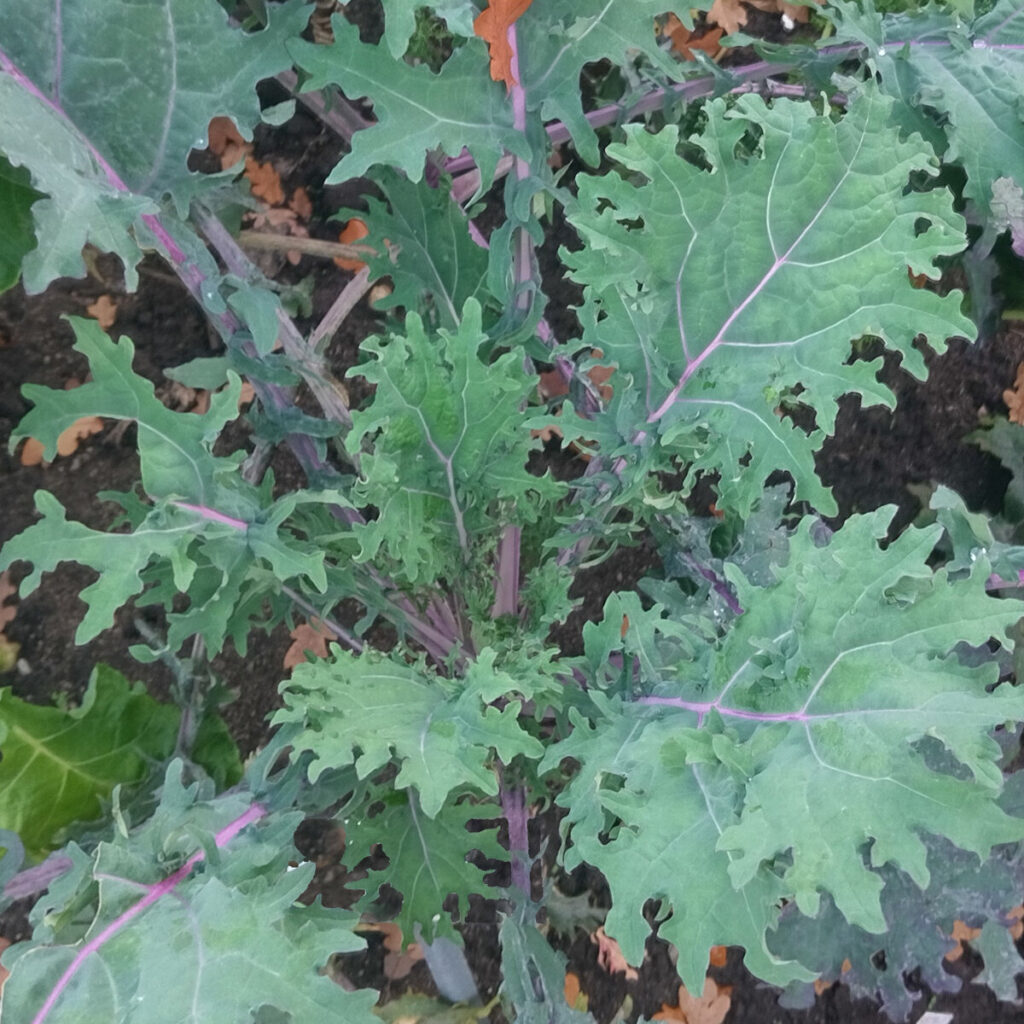Blog
Guide to Breeding Your Own Red Leaf Kale: A Step-by-Step Journey
Breeding your unique plant variety can be an incredibly fulfilling process, and Red Leaf Kale is a great candidate for experimenting with crossbreeding. In this guide, we’ll walk you through the entire journey, from choosing parent plants to selecting the best offspring. Whether you’re an experienced gardener or a curious beginner, this guide will help you breed a stunning and flavorful Red Leaf Kale.
Step 1: Choosing Your Parent Plants
The first step in breeding Red Leaf Kale is selecting the right parent plants. For this project, we recommend using Red Russian Kale and Scarlet Kale as your parent varieties.
- Red Russian Kale is known for its soft, sweet flavor and tender leaves. It makes a great foundation for flavor and texture.
- Scarlet Kale brings vibrant red and purple coloring and a sturdy, crispy leaf structure.
Your goal is to combine the best traits of both parents: the tenderness and flavor of Red Russian Kale with the color and durability of Scarlet Kale.
Step 2: Cross-Pollination
Once you have your parent plants, the next step is to cross-pollinate them. This can be done by hand to ensure controlled breeding. Here’s how:
- Choose healthy plants from both varieties, ensuring they are in their flowering stage.
- Transfer pollen from the flower of the Red Russian Kale to the stigma of the Scarlet Kale flower using a small brush or cotton swab.
- Label your plants to track which plants you cross-pollinated.
Step 3: Growing the First Generation
After successful pollination, collect seeds from the Scarlet Kale plant once they have matured. Plant these seeds in a well-prepared garden bed or pots. As they grow, pay attention to the traits exhibited by the plants:
- Leaf color: Do they have the desired red or purple hue?
- Growth habit: Are the plants upright and sturdy?
- Texture: Are the leaves crisp and flavorful?
Step 4: Selecting the Best Offspring
This is one of the most crucial steps in breeding your variety. As the first generation grows, you’ll need to carefully evaluate each plant to see which one best meets your criteria.
Here’s what to look for:
- Color: Look for deep red or purple leaves. Any plants that don’t display strong color should be removed.
- Leaf Texture: Leaves should have a slight crunch but be still tender enough to enjoy raw.
- Growth: The plants should be robust and able to support healthy leaf production.
Plants that don’t meet these criteria can be removed from the breeding program. However, if a plant has some promising traits, consider keeping it for future crosses.
Step 5: Managing Unexpected Traits
In any breeding project, some plants may develop traits that don’t fit your goals. If you come across a plant that doesn’t show the desired traits, like pale color or weak leaf texture, you may need to decide whether to remove it or keep it for further observation.
For example, a plant might:
- Have a leggy growth pattern.
- Produce pale or green leaves.
- Lack the bold flavor you desire.
While these plants may not fit your immediate vision, they could still be valuable for future experiments or may offer traits useful in other contexts. If you choose to keep them, mark them clearly and consider growing their seeds in a separate plot.
Step 6: Harvesting and Preserving Seeds
Once your selected plants mature and begin to flower, it’s time to harvest seeds for the next generation. Follow these steps to save seeds properly:
- Allow the flowers to dry on the plant until they produce seed pods.
- Collect the seed pods and dry them further in a cool, dry place.
- Once fully dried, remove the seeds from the pods and store them in labeled envelopes, noting any traits that made each plant stand out.
Step 7: Growing the Next Generation
Plant the seeds from your selected plants the following season. Continue the process of evaluation, selection, and cross-pollination until you develop a stable Red Leaf Kale variety with the traits you want.
It may take several generations to achieve the perfect balance of color, flavor, and texture, but the journey itself is rewarding. Each season, you’ll get closer to your goal.
Final Tips
- Patience is key: Breeding a new variety takes time. Don’t rush the process.
- Record your progress: Keep detailed notes on each generation so you can track which traits were passed down.
- Enjoy the process: Plant breeding is a blend of science and art. Savor the surprises along the way!
By following these steps, you’ll be well on your way to developing your very own Red Leaf Kale variety. With patience, observation, and a bit of creativity, you’ll soon have a vibrant, flavorful kale to enjoy in your garden and kitchen.


7 Vegetables to Plant in December for a Bountiful Winter Harvest
Winter gardening is a challenge many new gardeners shy away from. But if you’re among [...]
Dec
9 Common Christmas Cactus Problems and How to Fix Them
Have you ever walked past your Christmas cactus and wondered why it suddenly looks sad? [...]
Nov
Swedish Ivy Care: How to Grow a Healthy, Thriving Plant
Have you ever looked at your Swedish Ivy and wondered why the leaves are turning [...]
Nov
Avoid These 10 Garlic Planting Mistakes for Bigger, Healthier Bulbs
Growing garlic at home is one of the most satisfying things a gardener can do [...]
Nov
How to Prevent Christmas Cactus Bud Drop: Tips for a Healthy Bloom
Have you ever noticed your beautiful Christmas cactus (Schlumbergera) starting to lose its buds just [...]
Nov
Discover 7 Stunning Types of Night-Blooming Cereus
Have you ever waited for a flower that only opens at night and then disappears [...]
Nov